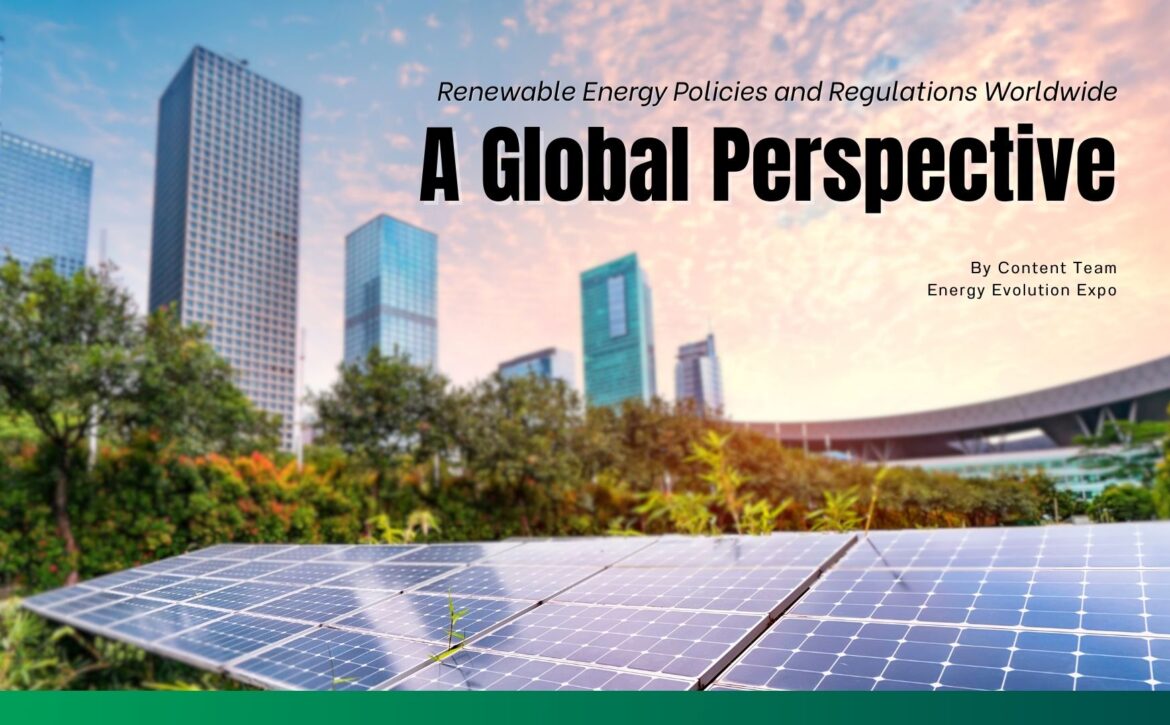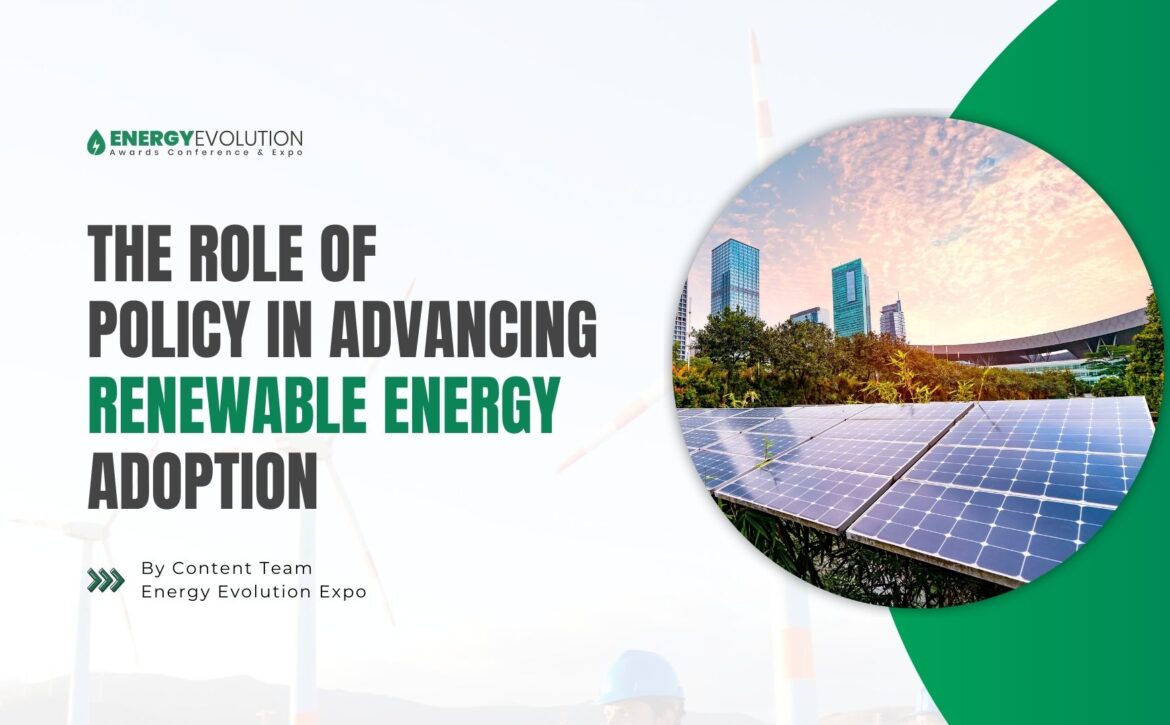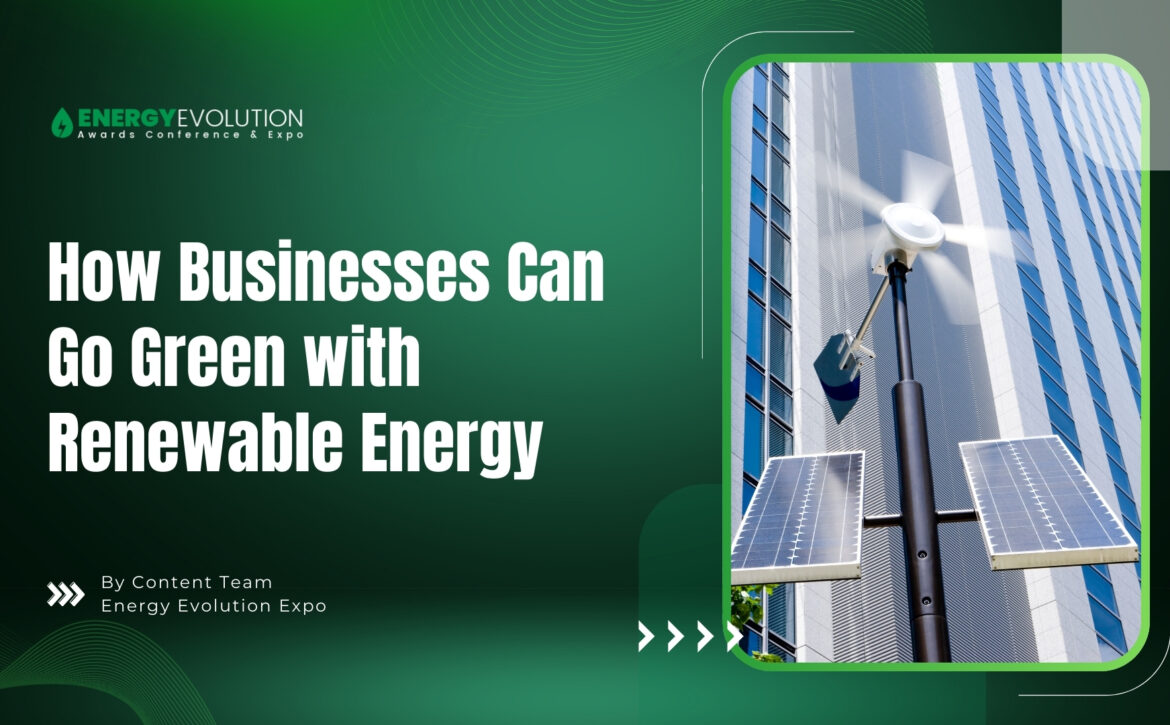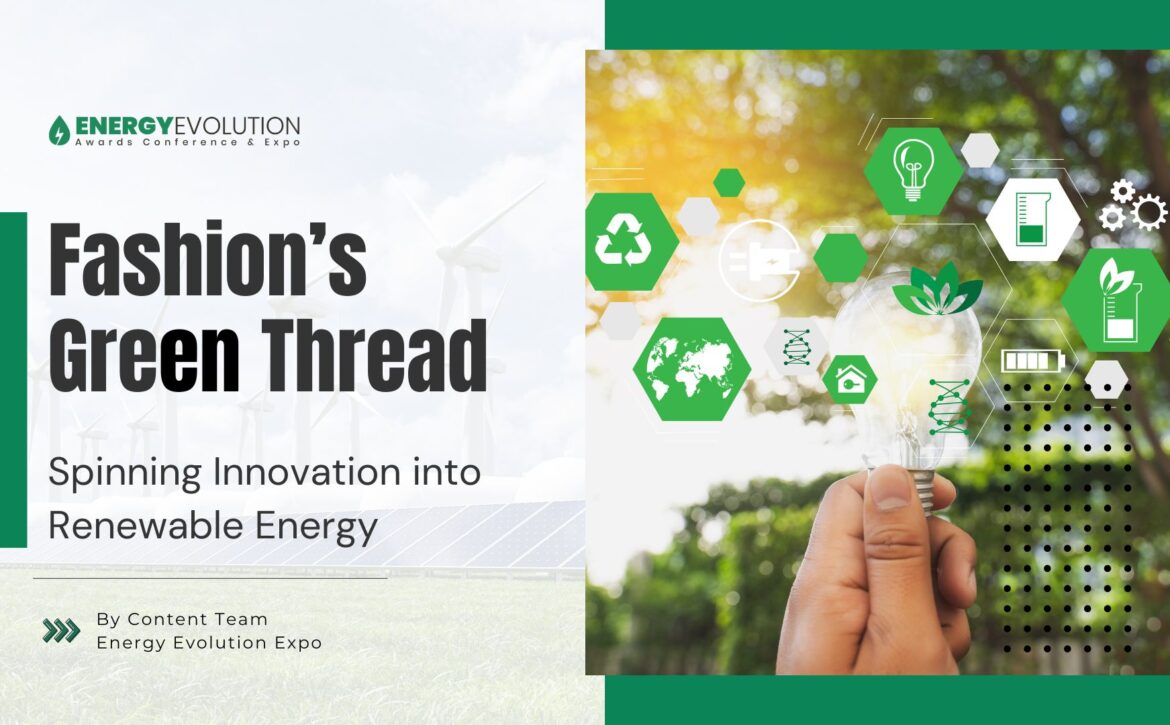Renewable Energy Policies and Regulations Worldwide: A Global Perspective
Renewable energy is the cornerstone of a sustainable future, helping to reduce carbon emissions and mitigate climate change. Across the globe, governments are crafting policies and regulations that aim to transition from fossil fuels to cleaner, more sustainable energy sources. These policies differ from country to country but share common objectives: to boost the adoption of renewable energy, promote energy efficiency, and reduce greenhouse gas emissions.
Here’s an overview of how different countries are shaping the renewable energy landscape with a focus on the policies and regulations driving the change.
Financial Incentives and Subsidies
Governments often provide financial incentives to make renewable energy projects more affordable. This includes tax credits, subsidies, and grants, which lower the initial investment cost and help attract private sector involvement.
United States: The Investment Tax Credit (ITC) offers homeowners and businesses a tax credit for installing solar energy systems. This has been a significant driver of solar energy growth in the U.S.
India: The Indian government offers incentives such as subsidies and financing options for rooftop solar installations. Additionally, under its updated National Solar Mission, India has surpassed its original target of 100 GW of renewable energy capacity by 2022 and is now working towards achieving 500 GW of non-fossil fuel capacity by 2030, reflecting its commitment to clean energy.
In addition to financial incentives, governments also use feed-in tariffs and power purchase agreements to encourage the adoption of renewable energy.
Feed-in Tariffs (FIT) and Power Purchase Agreements (PPA)
Feed-in tariffs guarantee that renewable energy producers will be paid a fixed price for the electricity they generate and feed into the grid. This provides financial certainty for investors and encourages the development of renewable energy projects.
Germany: Germany has been a leader in promoting renewable energy through its Energiewende initiative, which includes feed-in tariffs for solar, wind, and biomass energy. The program has significantly increased the country’s renewable energy capacity
The UK introduced the Contracts for Difference (CfD) scheme, which is similar to the Feed-in Tariff (FIT). It guarantees renewable energy producers a fixed price for their energy, providing stable and predictable income for investors.
Renewable Energy Targets and Commitments
Many countries have set ambitious renewable energy targets to reduce reliance on fossil fuels and mitigate climate change. These targets create a clear plan for energy transition and show the market that renewables are a top priority.
European Union: Under the European Green Deal, the EU aims to reduce carbon emissions by 55% by 2030, with 45% of its energy to come from renewable sources by that time. This includes a focus on wind, solar, and hydropower.
Spain: Spain has emerged as a leader in renewable energy, with ambitious goals to generate 74% of its electricity from renewables by 2030. The country has leveraged feed-in tariffs and embraced large-scale projects like the Francisco Pizarro solar plant, the largest in Europe, which significantly boosts its solar energy capacity. Spain’s advancements in offshore wind energy further cement its role as a renewable energy powerhouse within the EU.
China:The world’s largest emitter of carbon dioxide, is rapidly investing in renewable energy. By 2030, China plans to generate 25% of its energy from non-fossil sources and reach 1,200 GW of solar and wind capacity.
Carbon Pricing and Emissions Trading Systems
Carbon pricing is a strategy used by governments to incentivize the reduction of carbon emissions by putting a price on greenhouse gas emissions. This approach encourages businesses to adopt cleaner technologies and practices to reduce their emissions.
Canada: Canada has implemented a carbon tax, which imposes a fee on industries based on their carbon emissions. This has encouraged companies to switch to renewable energy and adopt energy-efficient technologies.
The EU Emissions Trading System (EU ETS) is one of the largest carbon markets in the world, allowing companies to buy and sell allowances for carbon emissions. This system helps to price carbon emissions effectively, encouraging the transition to cleaner energy sources.
As countries work to meet their renewable energy targets, they must also invest in modernizing their grid infrastructure to support the integration of intermittent renewable energy sources.
Grids and Energy Storage Solutions
As renewable energy sources like solar and wind become more prevalent, integrating these intermittent sources into the power grid becomes a challenge. Governments are investing in smart grids and energy storage solutions to ensure that renewable energy is reliable and efficient.
United States: Smart grid technology is being deployed across the U.S. to modernize the electrical grid, helping to better integrate renewable energy. Energy storage solutions, such as batteries, are also being incentivized to store excess renewable energy for use during periods of low generation.
The Australian government is investing in large-scale energy storage systems to ensure the grid remains stable despite the increasing penetration of renewable energy. The Snowy Hydro 2.0 project, a pumped hydro storage system, is one such example.
Emerging Economies in Renewable Energy
Emerging economies are increasingly playing a pivotal role in the global renewable energy transition. With unique challenges like energy access and infrastructure gaps, these nations are turning to renewable energy as a cost-effective and sustainable solution for their growing energy needs.
Brazil: Nearly 85% of Brazil’s electricity comes from renewable sources, with hydropower leading the way. The Incentive Program for Alternative Sources of Electric Energy (PROINFA) supports small-scale renewable energy projects, while significant investments in wind and solar energy are diversifying the country’s energy mix.
South Africa: Through its Renewable Energy Independent Power Producer Procurement Programme (REIPPPP), South Africa is fostering public-private partnerships to boost renewable energy projects, focusing on solar and wind energy to address energy shortages.
Kenya: As a leader in geothermal energy, Kenya generates nearly 50% of its electricity from renewable sources. The Olkaria Geothermal Plant, one of the largest in the world, underscores Kenya’s commitment to leveraging its natural resources for sustainable energy solutions.
Future Directions
While renewable energy adoption continues to accelerate globally, leaders like Ignacio Galán, Chairman and CEO of Iberdrola, are shaping the energy transition through innovative strategies and bold investments. Galán has spearheaded projects in Spain that combine solar and wind energy with advanced battery storage systems, ensuring stability and sustainability. His vision aligns with Spain’s role as a global leader in renewable energy, advancing ambitious targets for carbon neutrality.
Governments, businesses, and individuals all have a role to play in the energy transition. With bold policies, innovative technologies, and international cooperation, the shift to renewable energy is not just possible, but inevitable.
Conclusion
Renewable energy policies and regulations are critical to shaping a sustainable future. Countries around the world are adopting various strategies, such as financial incentives, renewable energy targets, and carbon pricing mechanisms, to accelerate the transition from fossil fuels to clean energy. As we look forward, global cooperation and continued investment in renewable energy will be key to addressing climate change and creating a cleaner, more sustainable world for future generations.
Energy Evolution Expo 2025, Spain: Catalyzing Energy Transitions
Spain will host the Energy Evolution Expo 2025 on March 13-14 in Madrid, a premier event dedicated to advancements in renewable energy and cutting-edge technologies. The expo will convene policymakers, industry leaders, and innovators to explore solutions for global energy challenges.
Key themes include:
Energy storage breakthroughs
Smart grid advancements
Integrating renewables into urban infrastructure
The event will also highlight Spain’s leadership in renewable energy, showcasing the country’s ambitious targets and its pivotal role in driving sustainable energy transitions globally.
Ghada Rahal, an esteemed Energy and Sustainability Expert and recipient of the Rising Star in Sustainability and Energy Leadership 2023 award, will be a featured speaker. Renowned for her work in future energy systems and ESG practices, she will provide insights into the transformative potential of advanced nuclear technology in building a sustainable energy future.









